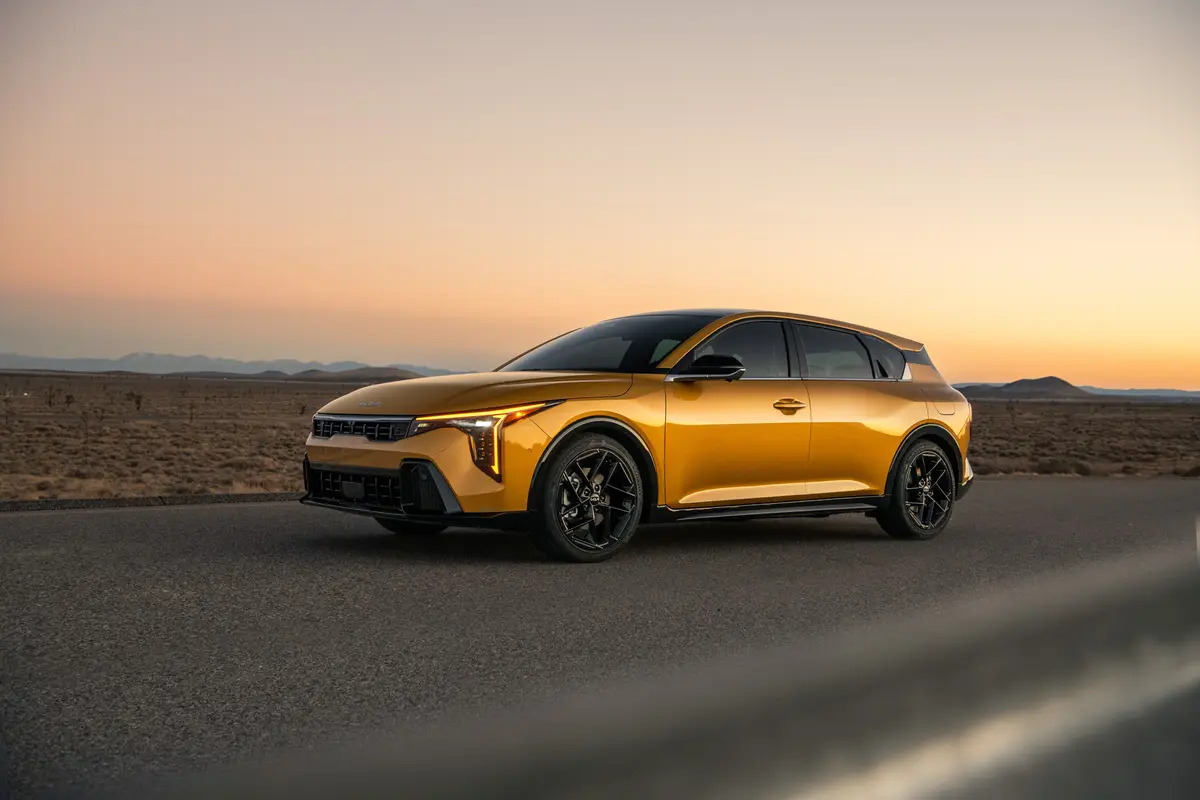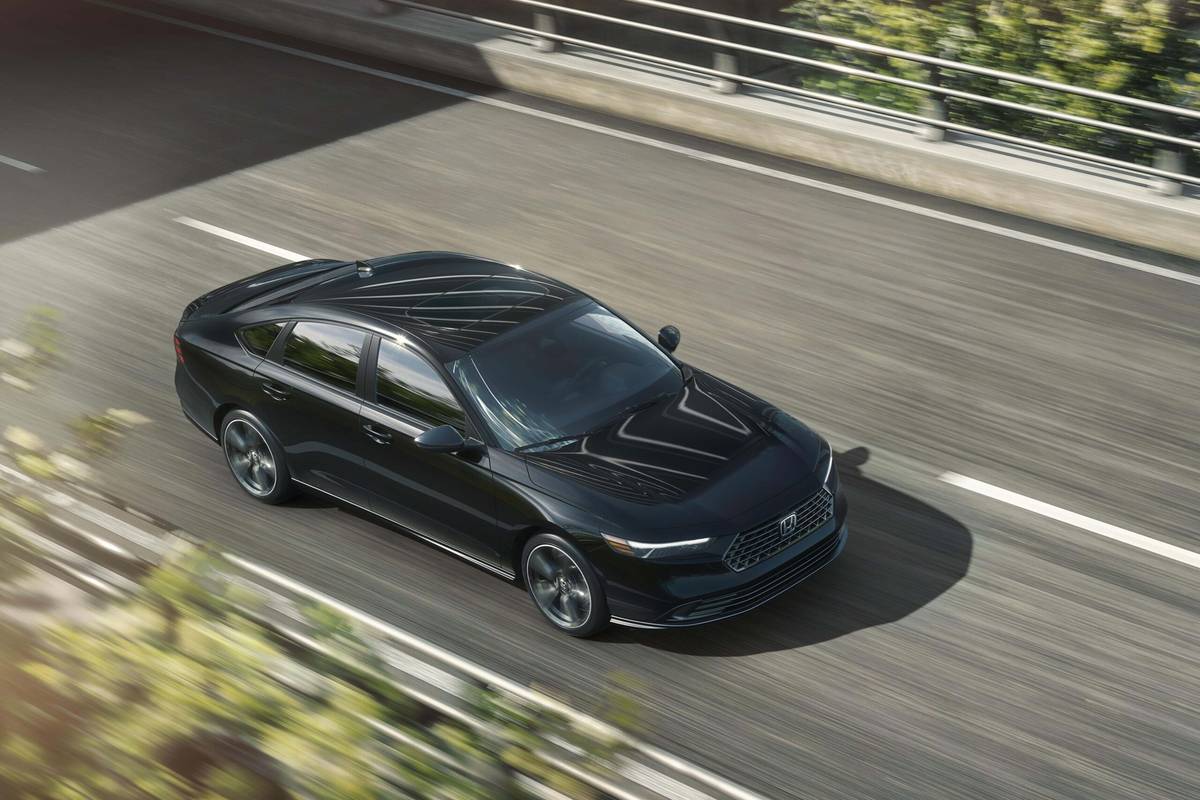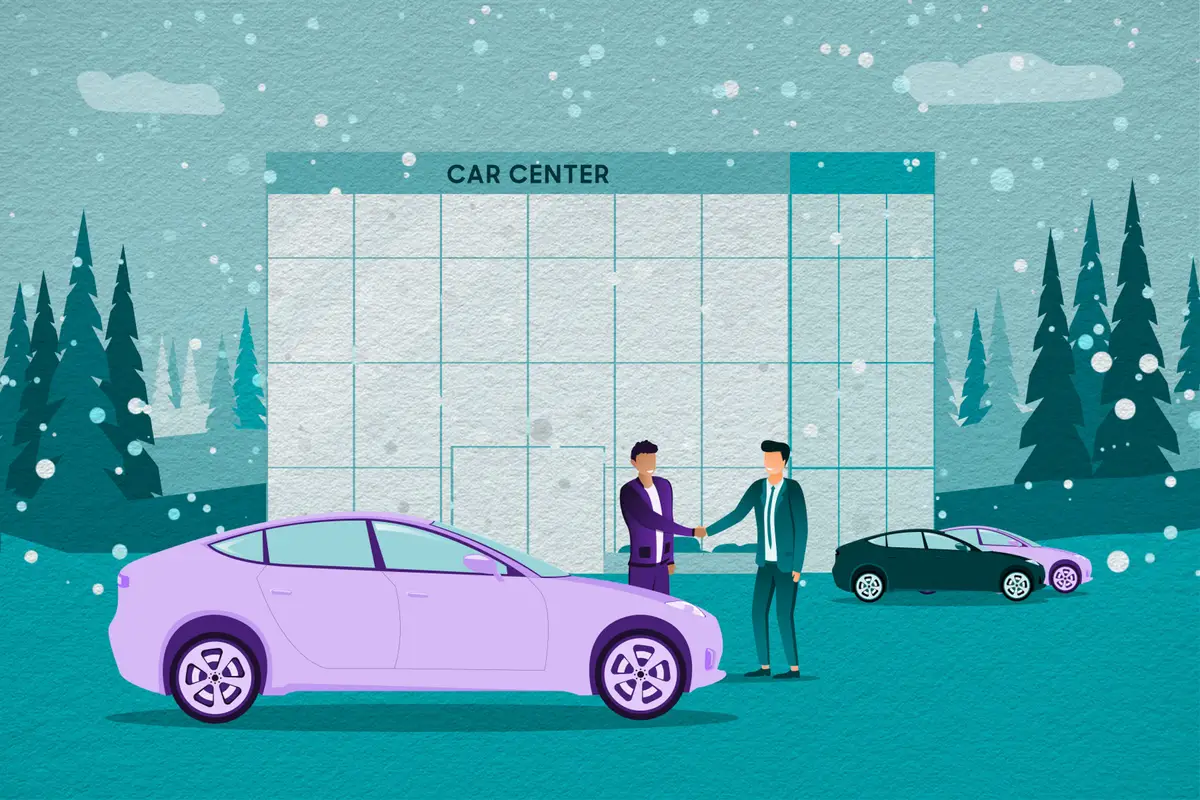The Morning Call and Mcall.com's view
Being a child of the ’70s, my earliest recollections of station wagons are not pleasant ones.
I grew up in my parent’s massive yellow and brown Caprice wagon, one that stalled intermittently whenever and wherever it felt like it. Accented by fake wood trim that resembled shelf-liner more than anything that came from a tree, it was the height of fashion back at the dawn of disco.
Like today’s minivans and SUVs (sorry, but SUVs are little more than station wagons hiked up a foot-and-a-half off the ground), station wagons bring visions of mom, dad and 2.3 kids loaded into the four-wheeled family dreadnought headed for some Muzak-enshrined temple of commerce to have “fun.”
In many ways, todays SUVs are just like that wagon that I named Woodstock (after the Peanuts cartoon character, not the concert.) The wagon got about 8 miles to a gallon of gas, about the same as a Ford Excursion.
Now I’m no tree hugger, but using fuel at this rate makes me feel more gluttonous than Henry VIII.
So, if I had to haul, I guess it would be a — gulp — station wagon.
Of course, right now, I don’t own one. I don’t know that I’d ever own one. The psychiatrists bills wouldn’t fit my budget. But, if I had to have one (because of rugrats, marriage and other by-products of life) it just might be a Saab 9-5 Aero. It’s very handsome for a station wagon, with lines that in every way take away from the wagon’s usual styling problem: its utilitarian shape.
Having a handy shape usually endows wagons with all the style of an orthopedic shoe. Saab has avoided this entirely, and in the process has created the most handsome wagon on the market. The side profile has a sweeping pillar that arcs gracefully back to the tail lamps. The dark blue test sample was one sophisticated and stylish Swede.
Of course, Saab isn’t known as a mainstream automaker, but this is its most mainstream car yet.
But mainstream doesn’t mean conventional. The 9-5 wagon comes with your choice of turbo-charged engines. The base 9-5 features Saab’s own 2.3-liter turbo 4-cylinder, good for 185 horsepower, a 15-horse bump from last year. Base price is $34,695.
Jumping up to the SE nets a turbo-charged 3-liter V-6, good for an even 200 horsepower and a $39,350 base price. Guilding the lilly was the test vehicle with a high-output version of the base engine and 230 horsepower and a $40,875 base price. Included in these prices for 2001 is GM’s OnStar system and one free year of service along with no charge for scheduled maintenance. So the big bucks do net some features that competitors don’t offer.
Nevertheless, some will find it pricey for a 4-cylinder wagon, until they drive it. This Saab moves with authority, with little discernible turbo lag at low speeds. It’s quite impressive how Saab engineers have banished turbo lag, allowing for good power at low and mid-range speeds, giving this small powerplant the feel of a la rger one, without sacrificing fuel economy. Additionally, full power is available at altitudes approaching 10,000 feet. The turbo is cooled by both water and oil.
Unconventional, but it works.
Unlike any other automaker, all Saabs ever built have been front-wheel-drive, and Saab seems to have mastered sending 230 horsepower through the front wheels, although accelerating mid-turn will bring out torque-steer.
Getting all that power to the ground is a masterful suspension that ably balances the tasks of absorbing road shocks, yet contributing to a sporting ride. Saab lowers the chassis and adds heavier anti-roll bars, stiffer springs and harder dampers to improve response. There is little body lean and grip is quite impressive. Steering is nicely weighted, and there’s some sense of the road returned through the wheel.
Braking is short and equally impressive. Four-wheel disc brakes with anti-lock are standard as is Electronic Brake Distribu tion. EBD comes into effect when hard braking occurs, but before the anti-lock brakes activate. It measures how hard you’re braking and measures that against how well the brakes are working and applies appropriate force to each wheel.
Also incorporated in this system is traction control that works at all speeds. A switch allows the driver to deactivate traction control below 40 mph.
The ambience of the interior is Swedish modern, with a svelte feel that matches the car’s taut styling. Wood warms the dash, which has Saab’s variation on the traditional center stack layout. There you’ll find the stereo mounted above the dual automatic climate control. If this doesn’t seem unusual, keep in mind we’re talking about an automaker that still puts the ignition switch between the front seats.
It also has a “night panel” button, which, like the map lights, comes from aircraft. The night panel dims all the the gauges except the speedometer at night, lighting them up only on a need to know basis. It sounds gimmicky, but works well.
The interior is quiet, except for the sweet melody made by the engine. The seats are quite comfortable, good for long-distance cruising. They’re heated and ventilated, ensuring the leather doesn’t become uncomfortable. The rear seats are equally comfy, although they don’t have ventilation. But, they are split 60/40 for cargo-carrying flexibility.
The cargo area is 37 cubic feet with all seats being used, 73 cubic feet with the seats folded. In addition, the cargo area has what Saab calls CargoTracks, which was adopted from Saab’s airplanes. Two aluminum rails nestled in the cargo floor secure load straps and nets that can be used to prevent cargo from becoming airborne during panic stops. A rigid cargo cover, which can hide as well as hold cargo, proved somewhat clumsy to use.
But, this wagon oozes a European cool that would make me want to drive it, even if I was a teen. While Saabs stand apart, they do so with a style that’s hard not to love.
But if I buy it, I’ll need to know the name of a good shrink.
Latest news



